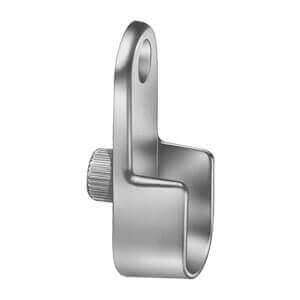We are an ISO 9001 certified manufacturer of die casting products and parts. We served our customers with a wide range of die casting products in aluminum, zinc and brass.
The benefits of die casting
Long Tool Life:
100,000 – 200,000 parts of identical die castings can be produced from a die tooling
Speed of Production:
Die Casting process is highly automated. Multi-cavity dies can also be used to speed up
Good Finish:
Die cast parts can be manufactured with smooth or textured surfaces, and are easily plated or powder coated. EMI, RFI Shielding and can also act as an electrical ground for circuits
Dimensional Precision:
Dimensional tolerance are controlled by mold, thus high repeatability than machining
Cost Savings:
Efficient, economical process for high volume production.
Strength:
Produce heat and wear resistant parts.
Die Casting Versus Other Manufacturing Techniques
vs. Machining:
Die castings produces shapes that are difficult to make from bar or tubular stock. Die castings also require fewer operations and reduce material scrap. For mass production, it results in cheaper unit price. However, die casting surface is not as smooth/ shiny as machined surface, and die casting is usually only economical when order quantity is above 1000 units.
vs. Forging:
Die castings produce more complex shapes than forging and die casting is more precise than forging. It also results in thinner walls, which means lighter weight, more space and less material cost. However, die casting is not as strong as forging. Material is also not as dense after die casting.
vs. Plastic Injection Molding:
Die casting produces stronger part with more precision that have greater stability and durability. It also has better heat conductivity, work in wider temperature range and superior electrical conductivity.
vs. Sand Castings and Permanent Mold Casting:
Die castings results in closer dimensional tolerances and smoother surfaces. Production is faster and finishing costs are also less. But die casting can only work with thin wall applications and die casting mold is pricier.
vs. Stamping:
Die casting produces more complex shapes and with variations possible in section thickness. One die casting part may replace several stamping parts and resulting in reduced assembly time and continuous/ leak-free surface. However, stamping mold is cheaper and stamping is a faster process, and die casting walls are thicker than stamping.
The main die casting alloys are:
1.Aluminum:
lightweight; high dimensional stability for complex shapes and thin walls; good corrosion resistance; good mechanical properties; high thermal and electrical conductivity; retains strength at high temperatures.
2.Zinc:
the easiest alloy to cast; high ductility; high impact strength; easily plated; economical for small parts; promotes long die life.
3.Magnesium:
the easiest alloy to machine; excellent strength-to-weight ratio; lightest alloy commonly die cast.
4.Copper:
high hardness; high corrosion resistance; highest mechanical properties of alloys die cast; excellent wear resistance; excellent dimensional stability; strength approaching that of steel parts.
5.Lead and tin:
high density; extremely close dimensional accuracy; used for special forms of corrosion resistance. Such alloys are not used in foodservice applications for public health reasons.
Our Die Casting OEM products:



